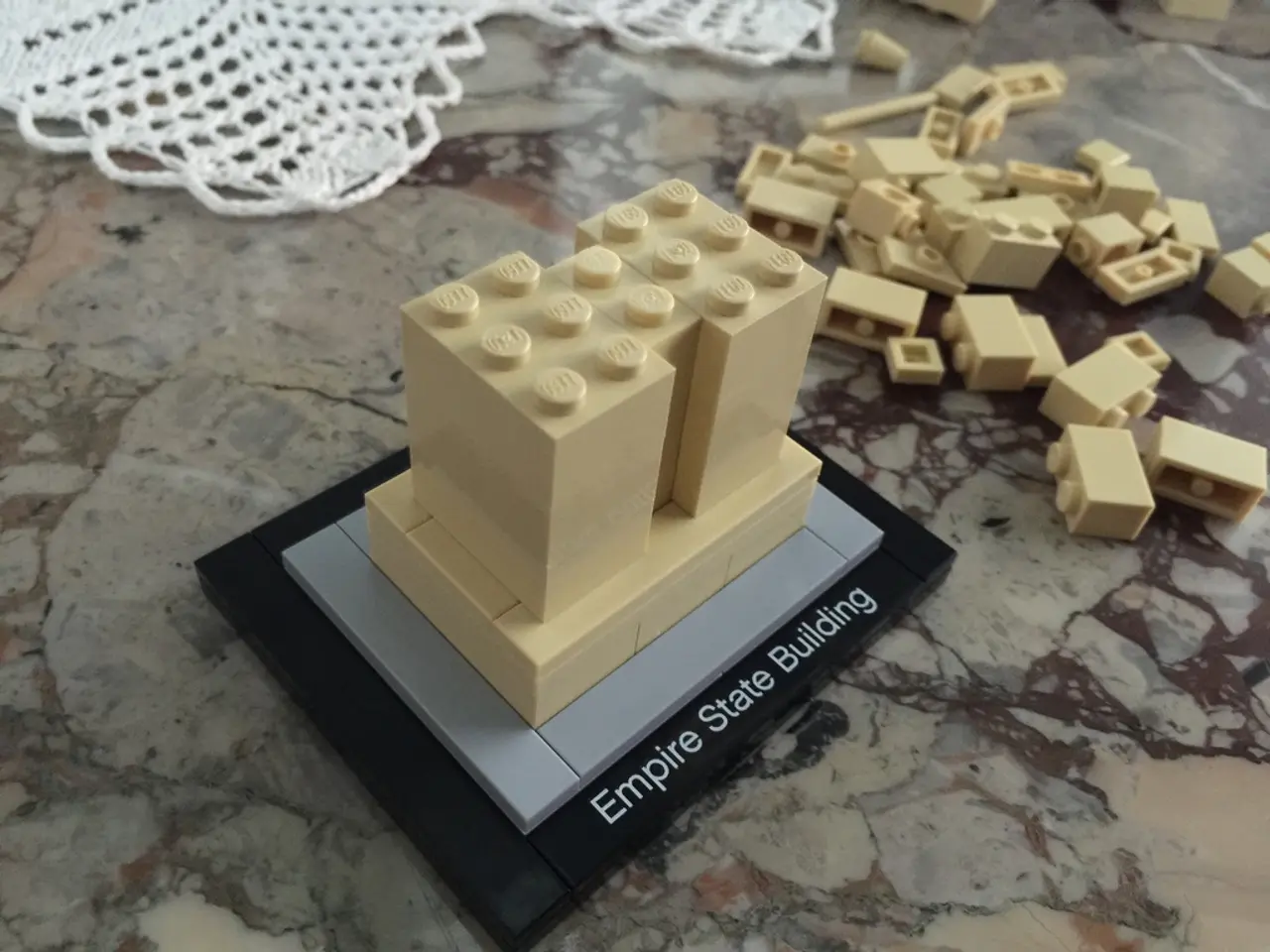Techniques for Constructing a Brick Wall with Precision and Intelligence
Building a brick wall can be a rewarding DIY project. Here's a simple guide to help you get started.
Preparation
Before you begin, gather your essential tools: a spirit level, brick trowel, shovel, cement, sand, bricks, line block and line, wheelbarrow or mixing board, and a cement mixer (optional). For a sturdy foundation, lay a layer of hardcore (gravel) as a sub-base to help with drainage and prevent soil from mixing with the concrete.
Laying the Foundation
Laying strong foundations is crucial for any brick wall. For a typical garden wall, foundations should be about 300mm deep. Pour concrete into the trench up to the planned height, level it, and allow it to cure for 48 hours before laying any bricks.
Starting the Wall
Starting at a corner or an end is most effective. Lay out the first course dry to ensure a straight wall. The top of the first brick should match up with the marks on the gauge rod at both ends.
Laying the Bricks
The first brick should be carefully placed at the corner or end of the wall line and slightly pressed into the mortar to ensure a good bond. Each course should be staggered or "running bond" with the course below, starting the second course with a half brick. After placing and securing the first brick, continue laying the next bricks along the foundation, applying mortar to the end of each brick (this is called the perp) before positioning it next to the previous one to create a strong bond.
Mortar Mix and Quantity
The most common mix for mortar is one part cement to four parts sand, with the addition of mortar plasticiser for better workability and longer working time. The Brick and Blocks Calculator from Jewson can be used to calculate the number of bricks needed for a wall.
Alignment and Leveling
Regularly check alignment against the mason's line (string) stretched between the corner profiles or corner blocks to ensure that each course remains straight and level. A gauge rod can be used to ensure consistent beds of mortar when laying bricks.
Working Efficiently
It's recommended not to lay more than 4-6 courses in a day to allow the mortar sufficient time to begin setting without the weight of additional courses compressing it while it's still wet.
Weather Considerations
Cold weather can cause the mortar to freeze and not set properly, while hot weather can make it dry out too quickly. Always double-check your measurements and levels to avoid small errors becoming larger issues as the wall is built up.
By following these steps, you'll be well on your way to building a strong and stable brick wall. Happy building!
Read also:
- Impact of Alcohol on the Human Body: Nine Aspects of Health Alteration Due to Alcohol Consumption
- Understanding the Concept of Obesity
- Tough choices on August 13, 2025 for those born under Aquarius? Consider the advantages and disadvantages to gain guidance
- Microbiome's Impact on Emotional States, Judgement, and Mental Health Conditions







